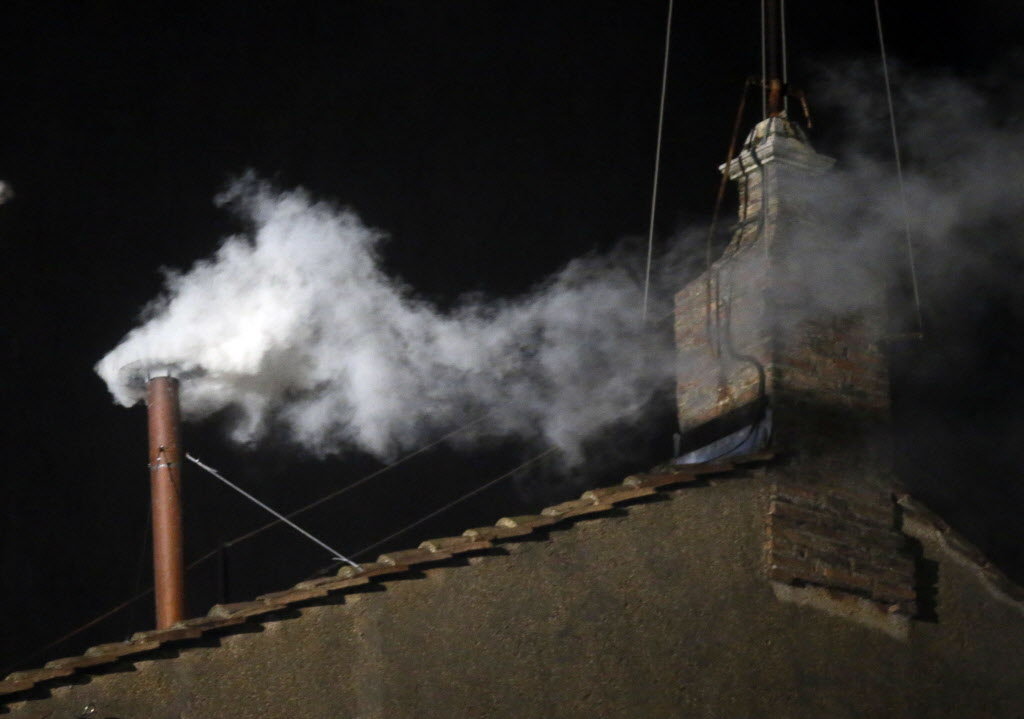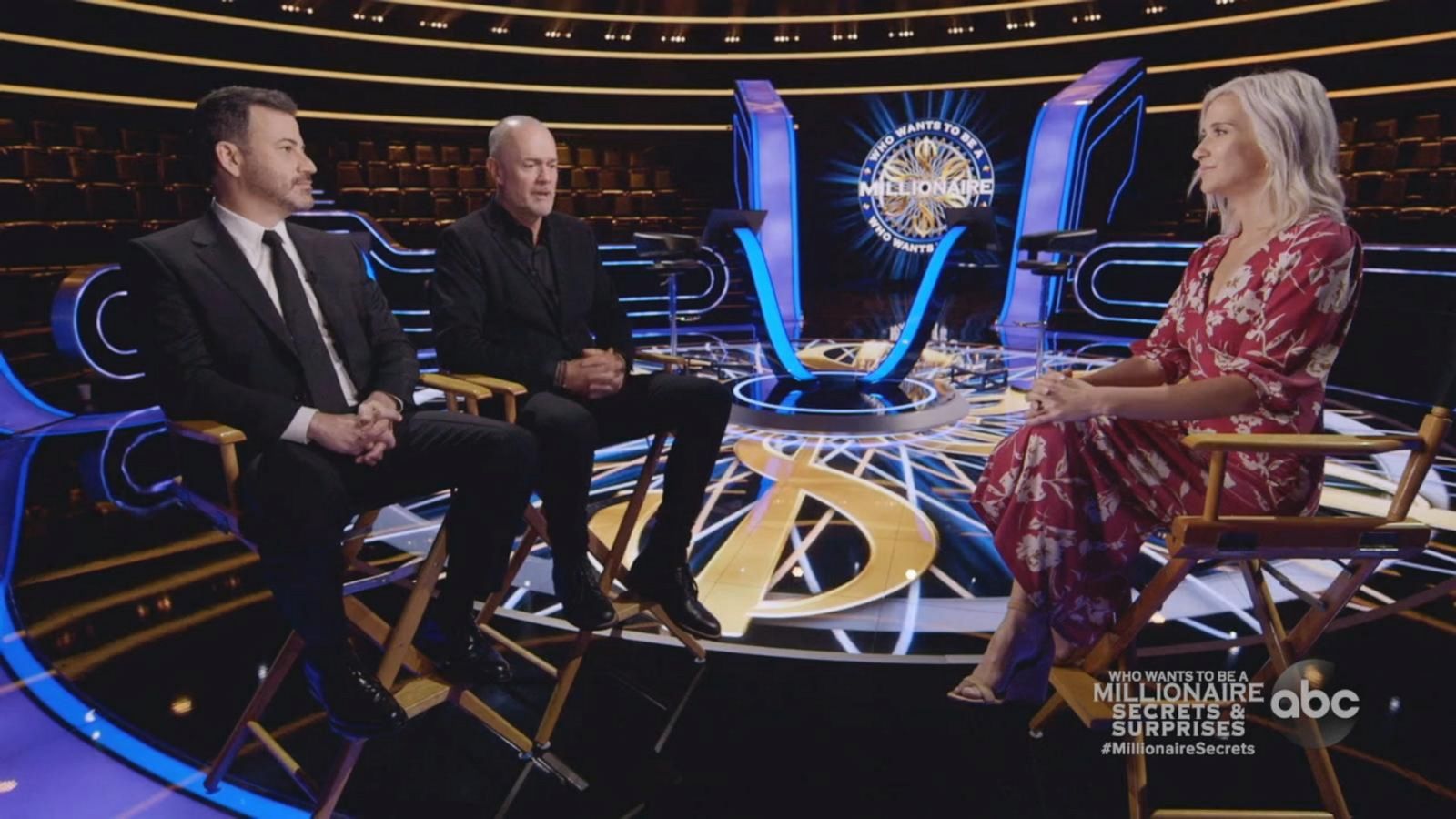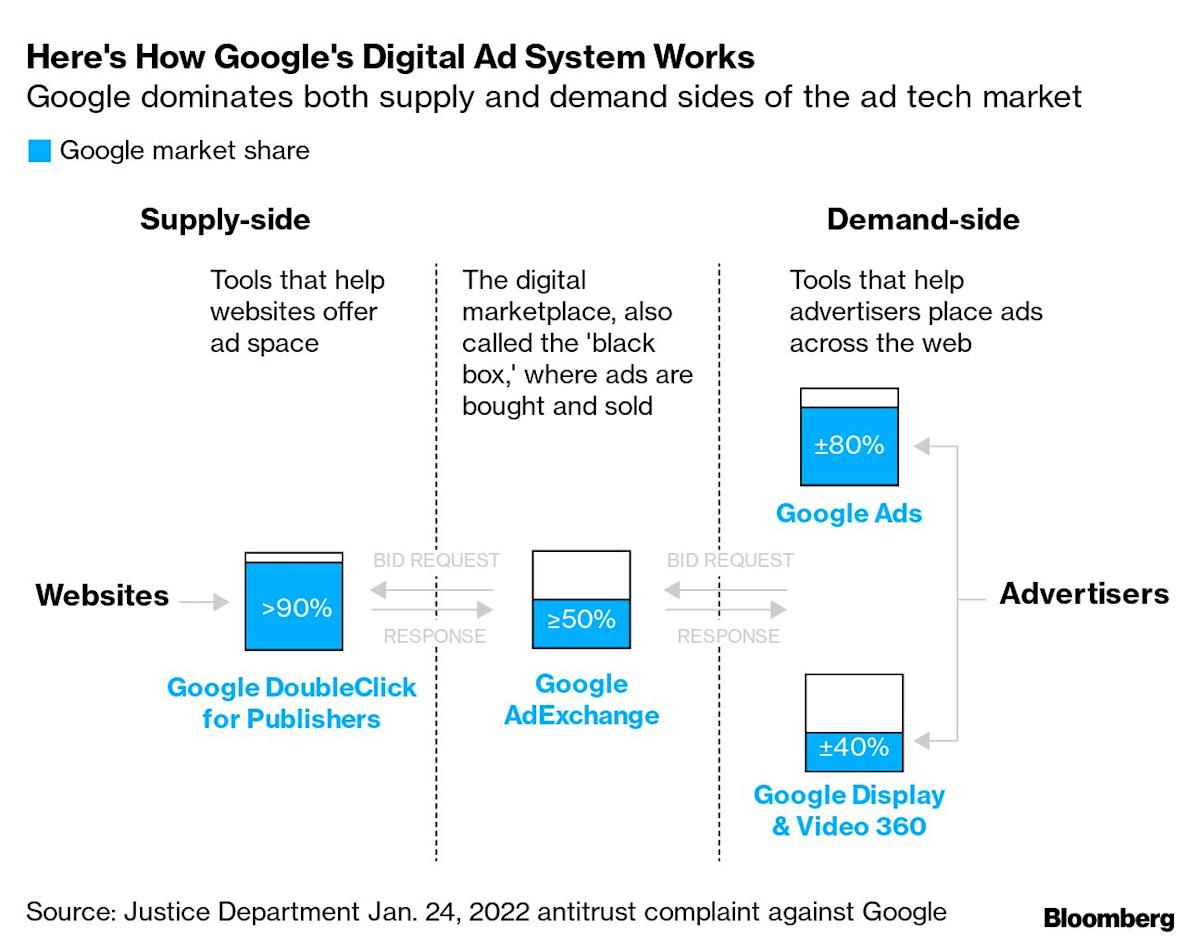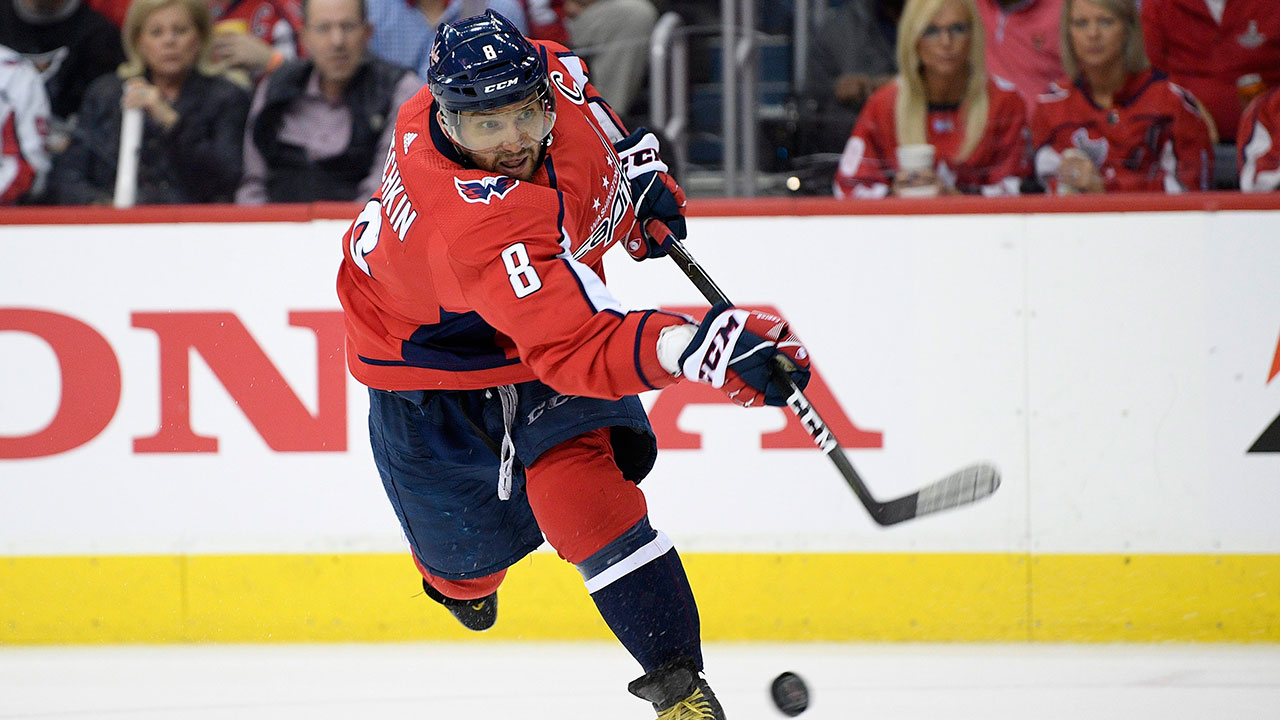The Conclave: A Comprehensive Look At The Election Of The Pope

Table of Contents
The History and Evolution of The Conclave
The Conclave's history is a fascinating journey reflecting the Church's evolving power dynamics and political landscape. Early Papal elections were often tumultuous, marked by factionalism, bribery, and even violence. The lack of formal procedures frequently led to prolonged vacancies and power struggles. The need for a more structured and less chaotic process became increasingly apparent.
- Early Papal elections and their challenges: In the early centuries of the Church, the election of the Pope was a relatively informal affair, often influenced by powerful families and political figures. This frequently resulted in lengthy periods without a Pope, creating instability within the Church.
- The introduction of formal procedures and rules: The first formal regulations regarding Papal elections emerged gradually, with attempts to standardize the process and minimize outside interference.
- Key reforms throughout history (e.g., impact of the 1274 Council of Lyons): The Council of Lyons in 1274 played a pivotal role in shaping the Conclave. It established key rules, including confinement of the cardinals during the election and the requirement of a two-thirds majority for a valid election. This significantly impacted the future conduct of papal elections.
- Modern adaptations and refinements of the Conclave: The Conclave continues to evolve. Modern adaptations include refining security protocols, clarifying voting procedures, and addressing logistical challenges in the digital age. These refinements ensure the integrity and secrecy of the process while adapting to modern realities.
The Participants in The Conclave: Cardinals and Their Roles
The Conclave's central figures are the Cardinal electors. These men, selected for their faith, theological understanding, and administrative skills, hold the immense responsibility of choosing the next leader of the Catholic Church. Their role requires not only careful discernment but also a deep commitment to secrecy and impartiality.
- Cardinal electors: their selection and eligibility: Only cardinals under the age of 80 are eligible to participate. Their selection reflects a balance of geographical representation and theological perspectives within the Church.
- The role of the Cardinal Camerlengo during the sede vacante period: The Cardinal Camerlengo acts as head of the Church during the sede vacante (vacancy) period, managing the affairs of the Vatican and preparing for the Conclave.
- The importance of maintaining secrecy and avoiding outside influence: The secrecy surrounding the Conclave is paramount. The cardinals are isolated from external pressures to ensure an unbiased election reflecting the will of the Holy Spirit. Any attempt to influence the outcome is strictly prohibited.
The Procedures of The Conclave: Steps and Regulations
The Conclave is a meticulously orchestrated process, spanning several stages from the sede vacante to the announcement of the new Pope. Strict regulations govern every aspect, ensuring the election’s fairness and integrity.
- The sede vacante: the period between the death or resignation of a Pope and the election of a successor. This period is characterized by a solemn waiting period.
- The preparation and security measures for the Conclave: The Sistine Chapel is meticulously prepared, and stringent security measures are implemented to guarantee the privacy and safety of the cardinals.
- The process of voting, including the use of ballots and the required majority. Secret ballots are used, and voting continues until a two-thirds majority is reached.
- The "fumata" (smoke signal) signaling the outcome of the voting rounds. The color of the smoke (black for no election, white for a new Pope) dramatically announces the outcome to the waiting world.
The Significance of The Conclave: Its Impact on the Catholic Church and the World
The election of a new Pope through The Conclave is a globally significant event with profound religious, political, and social ramifications. The chosen Pope leads one of the world's largest religions, shaping its doctrine, practices, and global outreach.
- The Pope's role as head of the Catholic Church and the Vatican City State: The Pope's influence extends beyond the spiritual realm, impacting political and social issues worldwide.
- The influence of the Pope on global issues (e.g., peace, social justice, interfaith dialogue): The Pope's pronouncements on matters of peace, justice, and interfaith relations carry immense weight globally.
- The impact of the election on Catholic doctrine and practice: A new Pope may bring shifts in emphasis, new interpretations of doctrine, or renewed focus on specific pastoral initiatives.
Conclusion
The Conclave is a pivotal process, steeped in history and tradition yet continuously adapting to modern realities. Understanding its procedures, participants, and historical context provides crucial insight into the governance and future direction of the Catholic Church. Its impact is felt not only within the Church but also across the globe. Understanding The Conclave is key to comprehending the Catholic Church's leadership. Continue your exploration of this fascinating process by researching [link to relevant resource, e.g., Vatican website].

Featured Posts
-
 Who Wants To Be A Millionaire Celebrity Edition Analyzing The Celebrity Contestants Strategies
May 07, 2025
Who Wants To Be A Millionaire Celebrity Edition Analyzing The Celebrity Contestants Strategies
May 07, 2025 -
 Experience The Savage X Fenty Wedding Night Lingerie Collection By Rihanna
May 07, 2025
Experience The Savage X Fenty Wedding Night Lingerie Collection By Rihanna
May 07, 2025 -
 Us Antitrust Action Googles Ad Tech Empire Under Threat Of Forced Sale
May 07, 2025
Us Antitrust Action Googles Ad Tech Empire Under Threat Of Forced Sale
May 07, 2025 -
 Former Nhl Star Darius Kasparaitis Confirmed As Alex Ovechkins Florida Workout Buddy
May 07, 2025
Former Nhl Star Darius Kasparaitis Confirmed As Alex Ovechkins Florida Workout Buddy
May 07, 2025 -
 Check The Winning Lotto Numbers For April 16 2025 Wednesday
May 07, 2025
Check The Winning Lotto Numbers For April 16 2025 Wednesday
May 07, 2025
